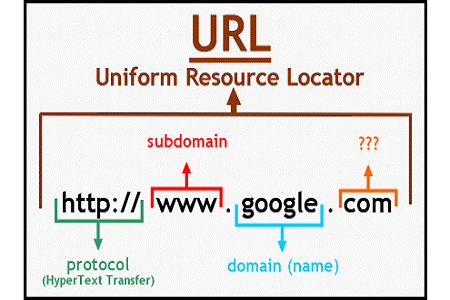url是指统一资源定位符,也是互联网上一种资源的地址, 在互联网上,一个文件都会对应一个url,服务器会根据文件的源代码进行处理。

url是什么结构
第一部分http传输协议,所谓协议就是指浏览器如何处理将要打开的文件,这个协议主要是用来访问网络。
第二部分就是文件在服务器的名称,一般服务器的名称后面会有一个冒号和端口号,其中路径部分包含等级结构。

url的分类
1.相对URL
文件所在路径和其他文件的路径关系,用于表示文件的位置,如果在同一个目录下,这个文件的url就是当前文件的名字,相对路径的url比较简短。
2.绝对URL
绝对的URL会显示文件的完整路径,前面一般会包含一个域名。
URL大小写
URL一般是分大小写的,但是服务器收到不同大小写请求的时候,服务器的回复是相同的。
以上就是url是什么意思的全部介绍,如果你想了解更多有关Html5教程,请关注php中文网。
以上就是url是什么意思的详细内容,更多请关注php中文网其它相关文章!

每个人都需要一台速度更快、更稳定的 PC。随着时间的推移,垃圾文件、旧注册表数据和不必要的后台进程会占用资源并降低性能。幸运的是,许多工具可以让 Windows 保持平稳运行。

Copyright 2014-2025 //m.sbmmt.com/ All Rights Reserved | php.cn | 湘ICP备2023035733号